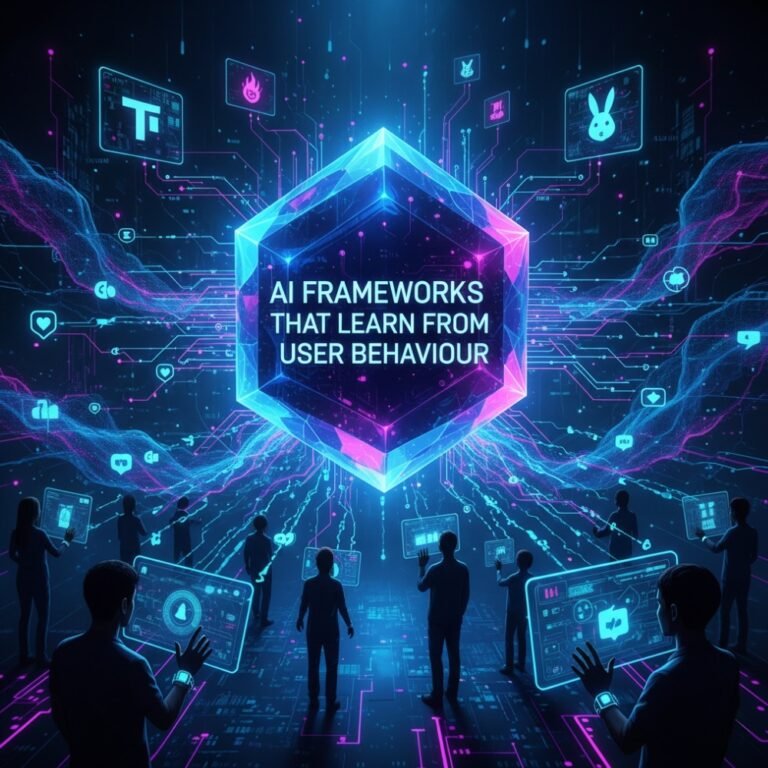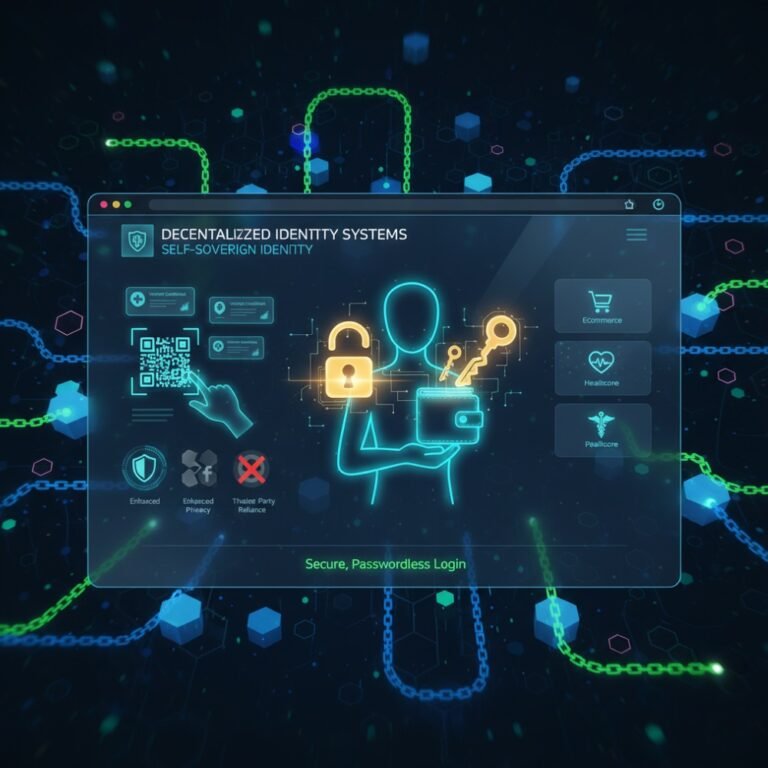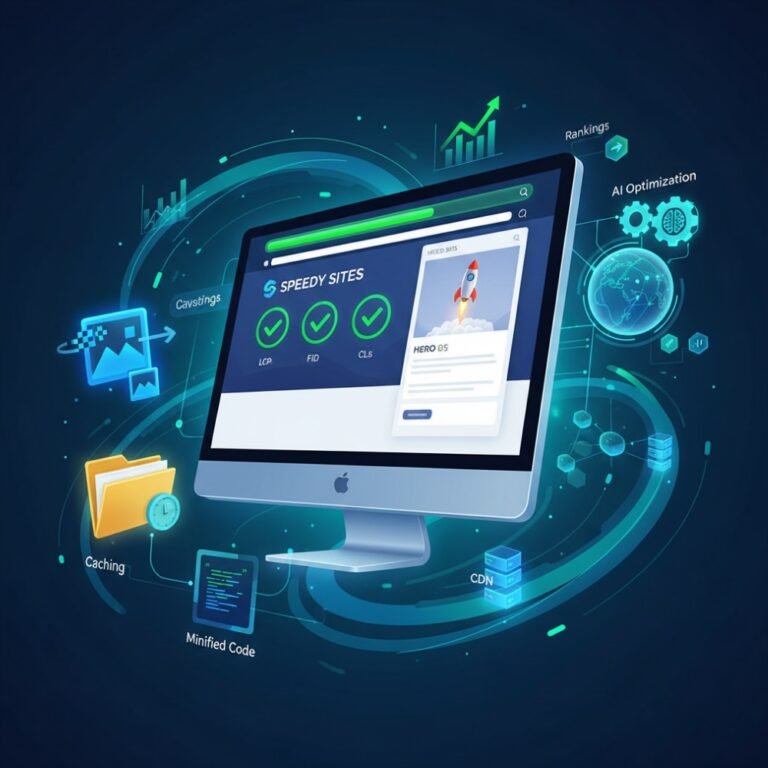Imagine you’re a developer juggling code reviews across different time zones, trying to keep your team aligned without endless email threads. That’s the reality for many in today’s distributed world. Remote collaboration has transformed how we build software, making it possible to create innovative projects from anywhere. In this guide, we’ll dive into the essentials of remote collaboration in software development, why it’s crucial, and the best tools to make it seamless.
Whether you’re part of a small startup or a large enterprise, choosing the right online collaboration software for developers can make all the difference. We’ll cover everything from common challenges to future trends, helping you build a productive remote setup.
What is Remote Collaboration in Software Development?
Remote collaboration in software development refers to teams working together on projects without being in the same physical location. It involves using digital tools to share code, communicate ideas, and manage tasks in real time or asynchronously.
Think of it as a virtual office where developers from London, New York, and Tokyo can edit the same codebase simultaneously. This approach relies on cloud-based platforms that enable seamless interactions, ensuring everyone stays on the same page.
At its core, remote collaboration combines communication, project management, and technical tools. For instance, a team might use a shared repository for code while discussing changes via video calls. This not only speeds up development but also fosters innovation by bringing diverse perspectives together.
In practice, it means developers can contribute to projects flexibly, balancing work with personal life. However, it requires discipline and the right setup to avoid misunderstandings.
Why Remote Collaboration Has Become Essential for Developers
The shift to remote work accelerated during the global pandemic, but it’s here to stay. For developers, remote collaboration offers flexibility, access to global talent, and cost savings for companies.
One key reason is the talent shortage in tech. By going remote, teams can hire the best programmers worldwide, not just locally. This leads to more diverse and skilled distributed development teams.
Productivity often increases too. Without office distractions, developers can focus deeply on coding. Studies show remote workers are often more efficient, provided they have solid remote work communication tools.
Moreover, it supports work-life balance. Developers can work during their peak hours, whether early morning or late night, as long as deadlines are met.
Finally, in a fast-paced industry, remote setups allow quicker iterations. Teams can respond to market changes without waiting for in-person meetings.
Common Challenges Developers Face When Working Remotely
Despite the benefits, remote work isn’t without hurdles. Communication breakdowns are common, leading to misaligned expectations.
Time zone differences can delay feedback. A developer in Europe might wait hours for input from Asia-Pacific colleagues.
Isolation is another issue. Without casual office chats, building team rapport becomes harder, potentially affecting morale.
Security risks rise when sharing code remotely. Unsecured tools can expose sensitive data.
Lastly, tool overload happens when teams use too many apps, causing confusion rather than clarity.
Addressing these requires intentional strategies, like scheduled check-ins and standardised processes.
Brief Overview of Collaboration Tools
Collaboration tools are the backbone of remote teamwork for developers. They range from communication apps to code-sharing platforms.
Popular categories include version control systems, chat tools, project trackers, and video conferencing software.
These tools help streamline workflows, reduce errors, and keep projects transparent.
In the following sections, we’ll explore their importance and key features in detail.
Importance of Collaboration Tools in Remote Development
In remote development, collaboration tools aren’t just nice-to-haves—they’re essential for success. They bridge the gap created by physical distance, ensuring smooth workflows.
Without them, projects can stall due to poor communication or version conflicts.
How Collaboration Tools Improve Workflow and Communication
These tools centralise information, making it easy to track progress. For example, integrated chat features allow instant clarifications on code issues.
They also automate routine tasks, like notifications for code merges, freeing developers to focus on creative work.
Real-Time Code Sharing and Version Control
Tools like Git enable multiple developers to work on the same project without overwriting changes. This real-time capability is vital for agile teams.
Enhancing Productivity and Reducing Miscommunication
By providing clear channels, these tools minimise emails and misunderstandings. Features like threaded discussions keep conversations organised.
Maintaining Project Transparency Across Time Zones
Dashboards and timelines offer visibility, so everyone knows the status, regardless of location.
Overall, team management tools for programmers turn potential chaos into coordinated efficiency.
Key Features Every Developer Collaboration Tool Should Have
When selecting remote coding tools, look for features that support the full development lifecycle.
Integrated Code Review Systems
Built-in reviews allow peers to comment on code pulls, improving quality.
Version Control Integration (Git, GitHub, etc.)
Seamless Git support is non-negotiable for tracking changes.
Real-Time Messaging and Video Conferencing
Instant chat and calls facilitate quick decisions.
Task and Issue Tracking
Boards for bugs and features keep priorities clear.
Cloud Storage and File Management
Easy sharing of assets prevents version mismatches.
Security and Access Controls
Role-based permissions protect intellectual property.
These elements make collaborative code editing platforms effective for developers.
Top Remote Collaboration Tools for Developers
Here, we’ll detail the best tools for remote software development teams. Each offers unique strengths for real-time code collaboration and agile workflows.
GitHub / GitLab / Bitbucket
These are powerhouses for version control and code sharing.
GitHub excels in open-source collaboration, with features like pull requests and CI/CD pipelines. It’s great for developers due to its vast community and integrations. Pricing: Free for basics; Team at $4/user/month; Enterprise starting at $21/user/month.
GitLab offers end-to-end DevOps, including built-in CI/CD and issue tracking. It’s self-hosted friendly, ideal for secure environments. Pricing: Free tier; Premium at $29/user/month; Ultimate with advanced features.
Bitbucket integrates deeply with Jira, supporting pipelines for automated testing. It’s affordable for small teams. Pricing: Free for up to 5 users; Standard at $3.30/user/month (minimum $16.50); Premium higher.
These tools enable real-time code review, making them staples for distributed teams.
Slack / Microsoft Teams / Discord
Communication is key in remote setups.
Slack provides channels for topic-based chats, with bots for notifications. It’s developer-friendly with code snippet sharing. Pricing: Free; Pro at $8.75/user/month (discounted to $4.38 currently); Business+ higher.
Microsoft Teams integrates with Office 365, offering file sharing and meetings. Great for enterprise developers. Pricing: Essentials $4/user/month; Business Basic $6; Standard $12.50.
Discord, originally for gamers, suits developers with voice channels and screen sharing. It’s casual and fast. Pricing: Free; Nitro Basic $2.99/month for extras.
These best communication tools for developers reduce miscommunication.
Trello / Jira / Asana
For task management.
Trello uses visual boards for simple tracking, perfect for small projects. Pricing: Free; Standard $5/user/month; Premium $10.
Jira is robust for agile, with sprints and epics. Ideal for complex software. Pricing: Free for 10 users; Standard $7.53/user/month; Premium $13.53.
Asana focuses on workflows, with timelines and dependencies. Pricing: Personal free; Starter $10.99/user/month; Advanced $24.99.
These help manage distributed development teams effectively.
Visual Studio Code Live Share
This extension enables real-time pair programming in VS Code. Developers can edit, debug, and share terminals together. It’s free, requiring only VS Code, making it accessible for collaborative debugging.
Notion / Confluence / Google Workspace
For documentation.
Notion combines notes, databases, and wikis. Pricing: Free; Plus $10/user/month; Business $20.
Confluence is enterprise-grade for knowledge bases. Pricing: Free for 10 users; Standard $8.33/user/month; Premium $10.
Google Workspace offers Docs, Sheets, and Drive for collaborative editing. Pricing: Business Starter $8.40/user/month; Standard $16.80; Plus $22.
These support project planning.
Zoom / Google Meet / Around
For video.
Zoom provides HD meetings with breakout rooms. Pricing: Pro $13.33/user/month; Business $18.32.
Google Meet integrates with Workspace, free for basics. Pricing tied to Workspace plans.
Around (now integrated into Miro post-sunset in 2025) offered lightweight video; consider Miro for similar features, pricing starts at free with upgrades.
These facilitate sprint planning.
Cloud-Based Development Environments
Cloud IDEs revolutionise remote work by providing accessible coding spaces.
Introduction to Cloud IDEs (e.g., Gitpod, Replit, AWS Cloud9)
Gitpod spins up dev environments from Git repos. Pricing: Core $20/month; higher for teams.
Replit is browser-based for quick prototyping. Pricing: Starter free; Core $20/month; Teams $35.
AWS Cloud9 integrates with AWS services. Pricing: Pay-as-you-go based on EC2 usage, no extra charge.
Benefits for Remote Teams: Accessibility and Real-Time Sync
Anyone can join from any device, with instant sync.
Security and Version Control Benefits
Built-in controls and Git integration enhance protection.
These cloud IDE for developers enable coding collaboration in the cloud.
Security and Privacy Considerations
In remote setups, safeguarding code is paramount.
Protecting Source Code in Remote Collaboration
Use encrypted channels and regular audits.
Choosing Tools with End-to-End Encryption
Prioritise platforms like Signal-integrated tools or those with E2EE.
Managing Access Permissions for Team Members
Implement least-privilege access.
Secure collaboration tools for developers ensure data protection in remote work.
Integrations and Workflow Automation
Connecting tools amplifies efficiency.
How to Integrate Collaboration Tools (e.g., Slack + GitHub + Trello)
Use APIs or Zapier for seamless flows, like GitHub notifications in Slack.
Automating DevOps Pipelines and Notifications
CI/CD integrations automate builds and alerts.
Benefits of Connected Workflows
Reduces manual work, speeds up delivery.
Developer tool integrations support workflow automation for remote teams.
Measuring Productivity and Collaboration Success
Tracking without micromanaging is key.
How to Track Developer Productivity in Remote Teams
Use metrics like commit frequency and cycle time.
Using Analytics from Collaboration Tools
Dashboards in Jira or GitHub provide insights.
Balancing Monitoring with Developer Autonomy
Focus on outcomes, not hours.
Developer productivity tools aid remote work performance tracking.
Future Trends in Remote Collaboration for Developers
Looking ahead, technology will reshape how developers collaborate.
AI-Powered Collaboration Assistants
Tools like GitHub Copilot X and AI in Slack will automate code suggestions and meeting summaries, boosting efficiency.
Virtual Reality (VR) Workspaces for Coding Teams
By 2025, VR platforms like Google’s Project Starline offer immersive coding sessions, making remote feel in-person.
Decentralized Development Environments
Blockchain-based repos ensure tamper-proof collaboration.
The Role of Quantum-Safe Collaboration Tools (future-proofing)
With quantum threats, tools with post-quantum encryption will emerge.
The future of remote developer collaboration includes AI tools for remote development and hybrid models.
Conclusion
In summary, tools like GitHub, Slack, and cloud IDEs are vital for remote success.
Choose a stack that fits your team’s size and needs—start with free tiers and scale up.
Building a productive remote development environment requires the right mix of technology and culture. Embrace these for thriving distributed teams.
FAQs
What are the best free remote collaboration tools for developers?
GitHub Free, Slack Free, Trello Free, and VS Code Live Share offer solid starting points without costs.
How do collaboration tools help with time zone differences?
Asynchronous features like recorded videos and threaded chats allow flexible responses.
Are cloud IDEs secure for remote development?
Yes, with proper configurations like AWS Cloud9’s access controls.
What AI trends are emerging in developer collaboration?
AI assistants for code completion and automated workflows, as seen in 2025 tools.
How can I measure success in remote teams?
Track key metrics via tool analytics while prioritising trust and autonomy.








